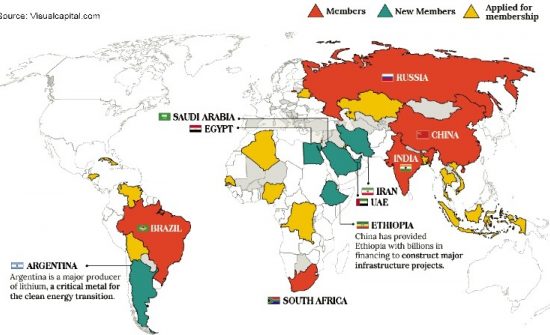The Experience of the U.S. Intelligence Community
By Gregory Treverton
First published at CSIS in Jan 2016
The Intelligence Community does not lag far behind the private sector in using collaborative tools; indeed, it has developed an impressive array. However, the most used tools, like instant messaging (IM), are employed primarily within agencies for peer-to-peer communication and hence are neither widely collaborative nor especially novel: they are different ways of accomplishing familiar functions. The array of collaborative tools across agencies—ranging from IM to blogs to a wiki called Intellipedia—is impressive but used mostly by enthusiasts. This report identifies lessons learned from looking at the use of internal collaborative tools across the Intelligence Community, especially across the four biggest agencies: Central Intelligence Agency, Defense Intelligence Agency, National Security Agency, and National Geospatial-Intelligence Agency.The initial rubric was tools, but the real focus is collaboration, for while the tools can enable, what ultimately matters are policies and practices interacting with organizational culture. It looks for good practices to emulate. The ultimate question is how and how much could, and should, collaborative tools foster integration across the Community. The focus is analysis and the analytic process, but collaborative tools can and do serve many other functions in the Intelligence Community—from improving logistics or human resources, to better connecting collection and analysis, to assisting administration and development, to facilitating, as one interlocutor put it, operational “go” decisions. Yet it is in the analytic realm that collaboration is both most visible and most rubs against traditional work processes that are not widely collaborative. READ MORE










